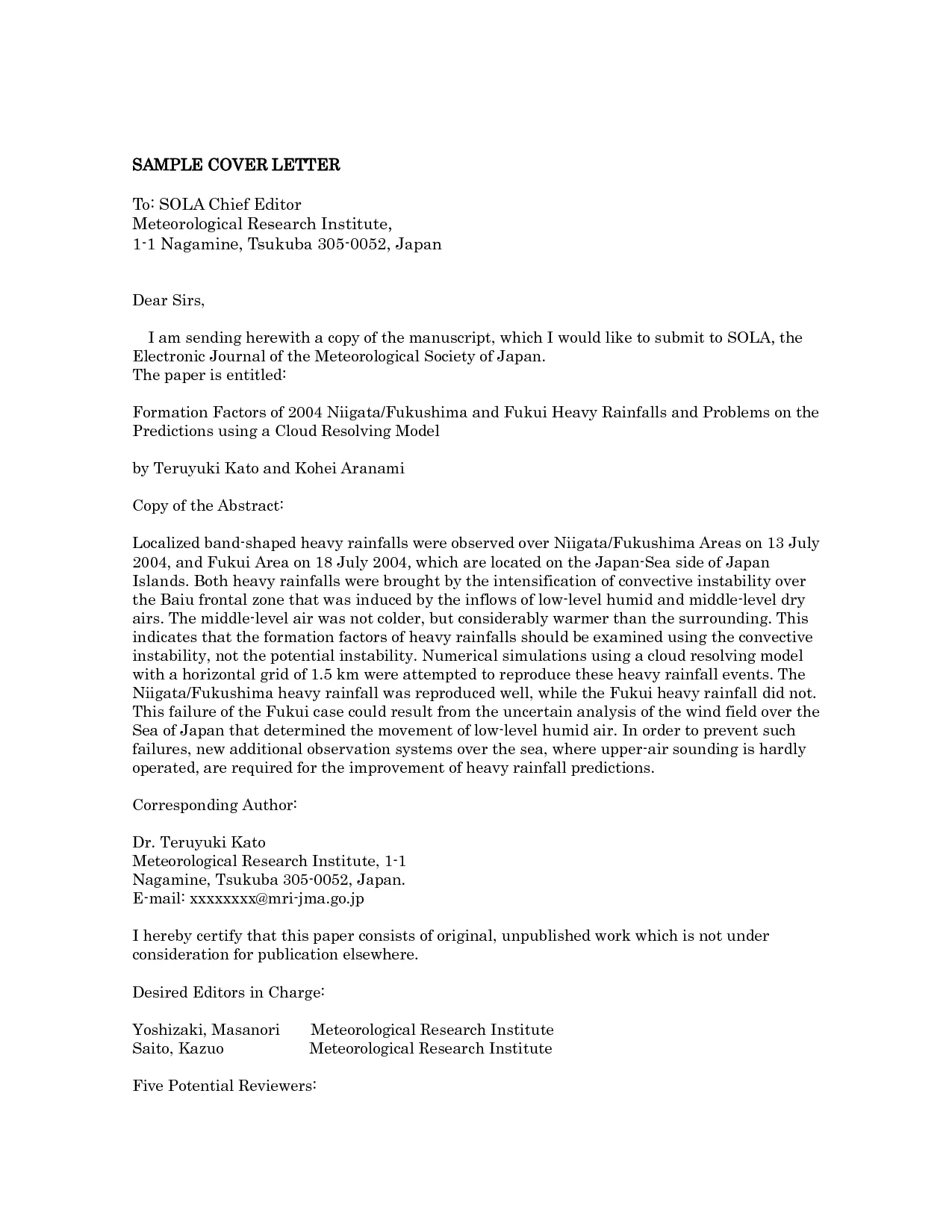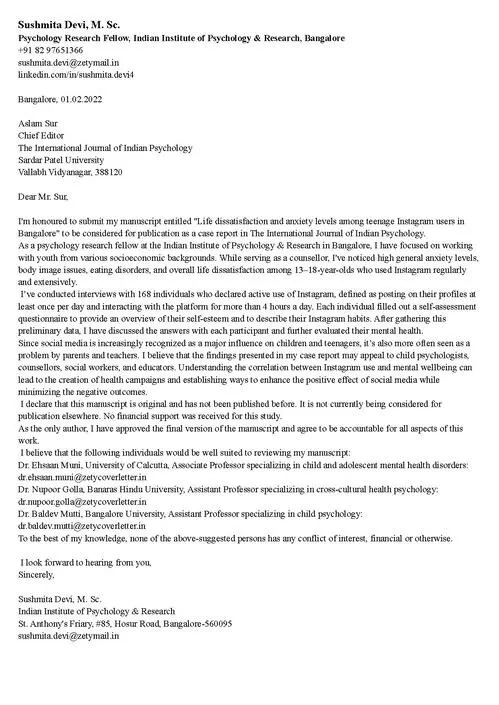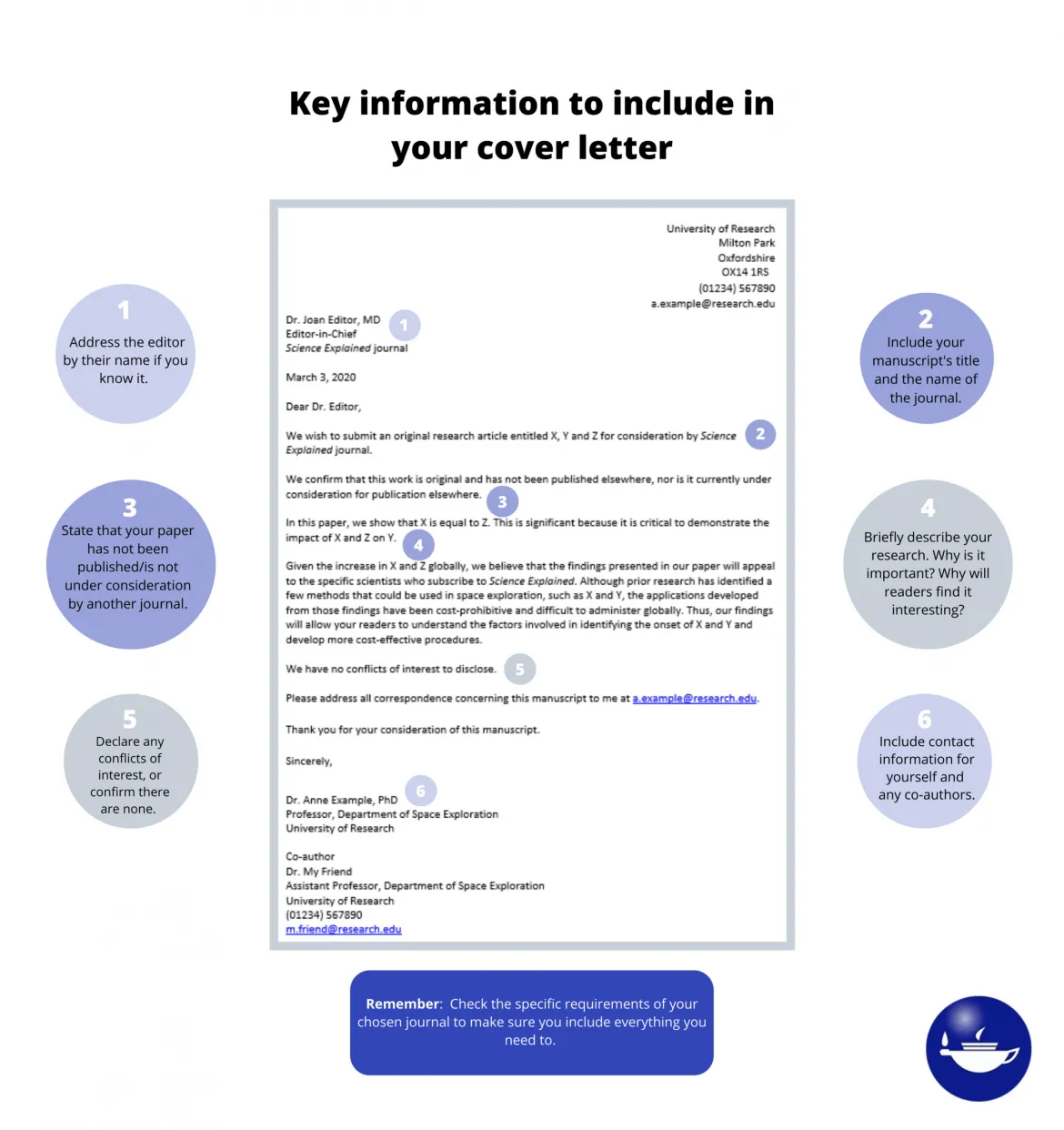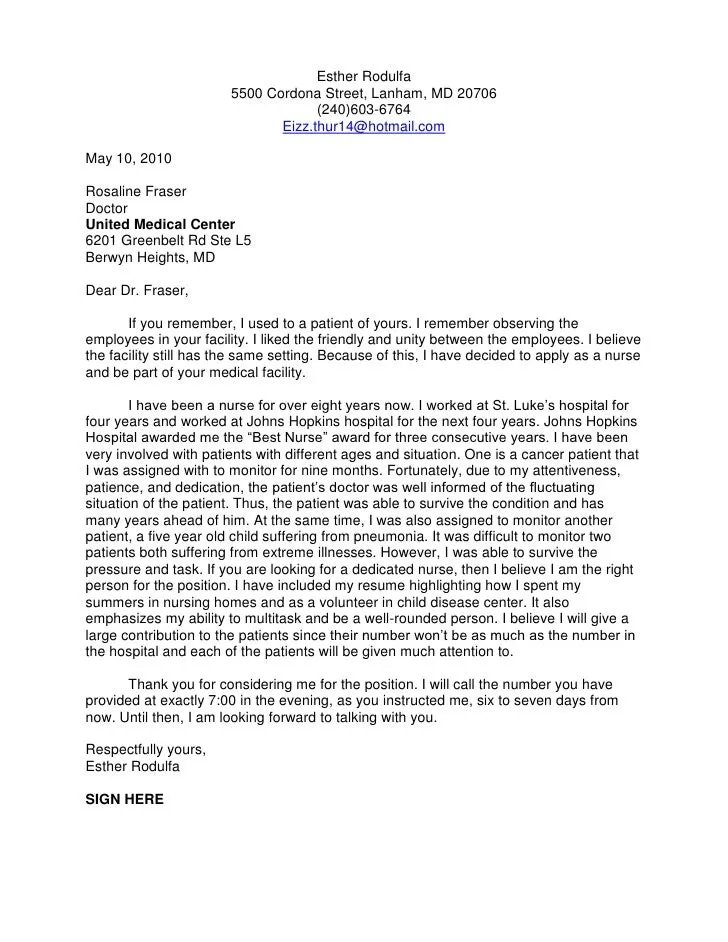Why a Cover Letter is Crucial for Journal Submission
Submitting your research to a journal, especially a prestigious one like those published by Elsevier, involves more than just uploading your manuscript. A well-crafted cover letter is your first and often most crucial interaction with the editor. It serves as a personalized introduction, setting the tone for your submission and significantly impacting the editor’s initial perception of your work. Think of it as your elevator pitch, designed to immediately grab the editor’s attention and convince them of your manuscript’s value and suitability for their journal. A strong cover letter can highlight your research’s significance, explain its relevance to the journal’s scope, and demonstrate your understanding of the publication process. It’s your chance to make a positive first impression and increase the likelihood of a favorable review, ultimately paving the way for publication. Neglecting this important document could lead to your submission being overlooked, regardless of the quality of your research.
Elements of a Compelling Cover Letter
A compelling cover letter goes beyond a simple formality, it’s a persuasive document. Begin by addressing the editor by name, if possible, showing that you’ve taken the time to personalize your communication. Clearly state the title of your manuscript and the journal to which you are submitting. Briefly summarize your research, focusing on the main objectives, methods, and key findings. Emphasize the novelty and significance of your work, highlighting how it contributes to the existing body of knowledge. Explain why your manuscript is a good fit for the specific journal, referencing its aims, scope, and target audience. Indicate that the manuscript is original, not previously published, and not under consideration elsewhere. Address any potential conflicts of interest and confirm that all authors have approved the submission. This detailed approach gives the editor confidence in your submission and increases the chance of a favorable response.
Author Information and Contact Details

Accurate and complete author information is essential for seamless communication throughout the review and publication process. Your cover letter should clearly list the full names and affiliations of all authors. Designate a corresponding author and include their detailed contact information, including email address, phone number, and mailing address. This information ensures that the journal can easily reach the appropriate person for any questions or clarifications related to the manuscript. Confirm that all authors are aware of the submission and have agreed to the manuscript’s content and submission to the journal. This section ensures the editor has the necessary information to manage the review process efficiently. The details provided here become the official record for the publication, ensuring proper attribution and correspondence related to the published research.
Article Details and Significance
This section should provide the editor with a concise overview of your research and its significance. Begin by stating the title of your manuscript and briefly explain the study’s main objective and scope. Provide context for your research by highlighting the gap in knowledge that your study addresses. Explain your chosen methodology, emphasizing any novel or innovative aspects. Succinctly summarize your key findings, avoiding excessive detail. Focus on the implications of your work, explaining how it contributes to the field and why it’s important. Clearly articulate the benefits of publishing your research in this specific journal and how it aligns with the journal’s aims and scope. This concise overview quickly informs the editor about the core elements of your research.
Key Findings and Their Impact
Here, you need to go beyond simply stating your findings and explain their impact. Highlight the most important results of your study. Explain the implications of these findings for the field, and discuss how they advance existing knowledge. Emphasize the novelty of your results, pointing out what is new or different compared to previous research. Discuss any potential applications or real-world significance of your work. Explain how your findings will be of interest to the journal’s readership. Demonstrate the importance of your research and its potential to influence the field. This focused discussion helps the editor understand the importance of your contribution and its potential impact, increasing the likelihood of your manuscript being accepted for review. Be clear and concise in articulating the importance of your research.
Why Elsevier Journal is the Right Fit

Demonstrate that you have carefully considered the journal’s focus and target audience. Briefly explain why your manuscript is a good fit for the journal. Mention how your research aligns with the journal’s scope, aims, and specific interests. Highlight any specific articles or recent publications in the journal that relate to your work, demonstrating your understanding of the journal’s content. Emphasize how publishing in this journal will reach the appropriate audience for your research. Convincing the editor that your work is a natural fit for the journal increases the chances of your submission being accepted for review. Personalize this section by referencing specific aspects of the journal and how your research contributes to its goals.
Manuscript Compliance and Ethical Considerations
Address all relevant ethical considerations and confirm that your manuscript adheres to the journal’s guidelines. State that the research was conducted in accordance with ethical guidelines, and if applicable, obtained ethical approval from an institutional review board or ethics committee. Disclose any potential conflicts of interest, such as financial relationships or affiliations that could be perceived as influencing the research. Confirm that the manuscript is original, has not been published elsewhere, and is not currently under consideration by another journal. Acknowledge any funding sources that supported your research. Confirm all authors have approved the manuscript’s content and agreed to its submission. Demonstrate your commitment to ethical research practices, building trust with the editor, which is vital for the publication process.
Suggesting Reviewers
Some journals allow or encourage authors to suggest potential reviewers. If this is the case, carefully consider and provide a list of qualified reviewers. When suggesting reviewers, provide a list of names, affiliations, and email addresses. These reviewers should be experts in the field of your research, with no conflicts of interest. Justify your choices by briefly explaining why these individuals are well-suited to review your manuscript. Providing suggestions can assist the editor in finding suitable reviewers. Remember, the editor has the final say, and your suggestions are just that - suggestions. Including suitable reviewer suggestions can expedite the review process.
Finalizing and Submitting Your Cover Letter

Before submitting, carefully proofread your cover letter for any grammatical errors or typos. Ensure that all information is accurate, complete, and consistent with your manuscript. Review the journal’s specific guidelines for cover letter formatting and content. Keep your letter concise, clear, and well-organized. Use a professional tone throughout, and maintain a respectful and courteous attitude. Once you are confident that your cover letter is error-free and aligns with the journal’s requirements, save it in a suitable format, such as PDF or Word, and submit it along with your manuscript through the journal’s online submission portal. Remember, the cover letter is a critical component of your submission, so take the time to write it carefully, giving your research the best chance of success.
